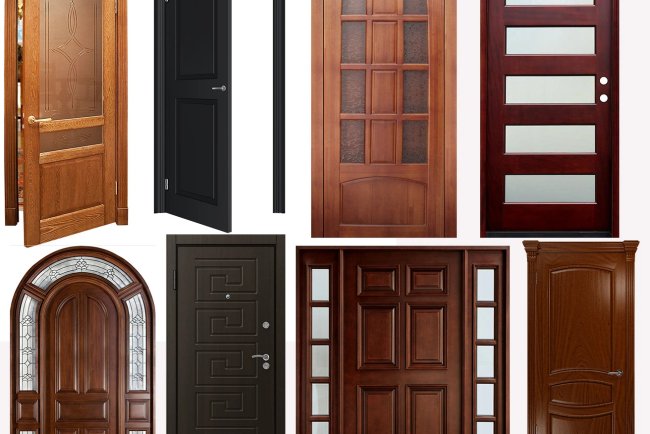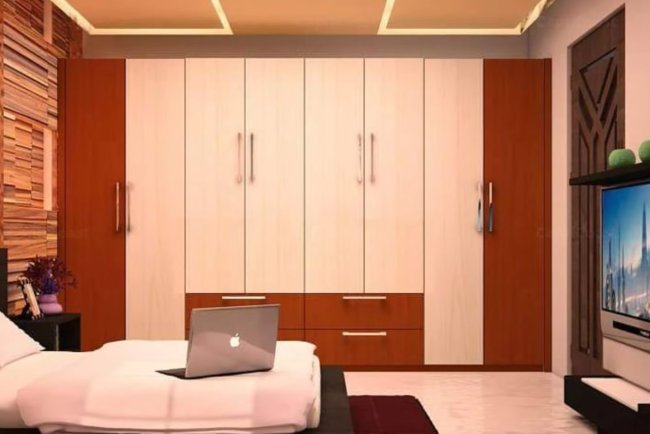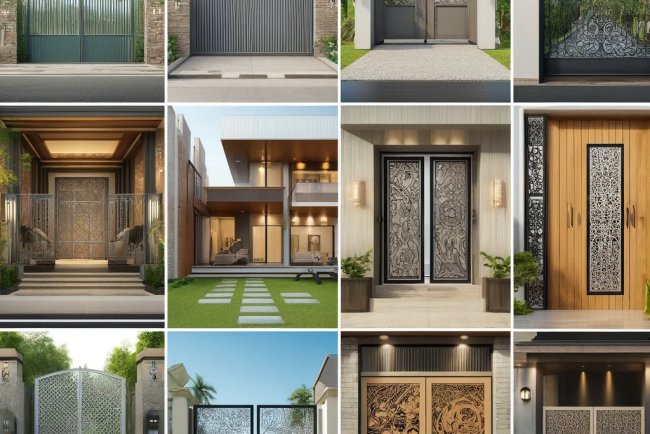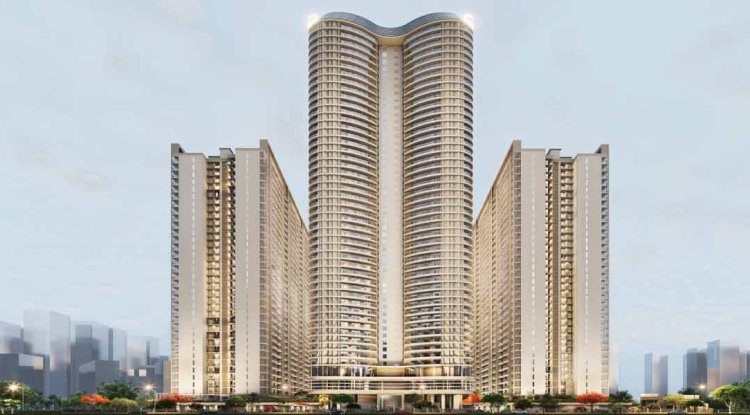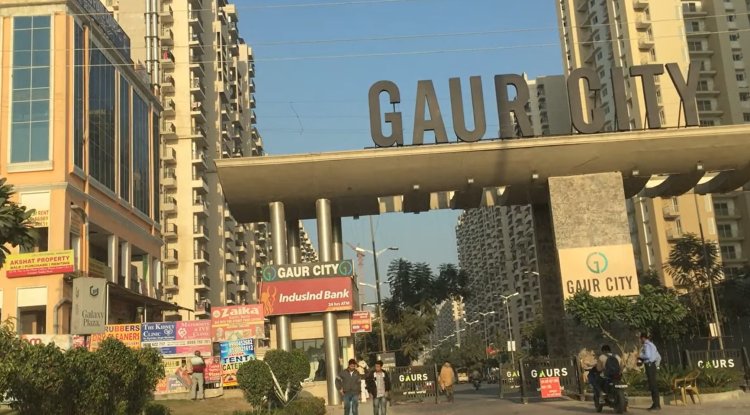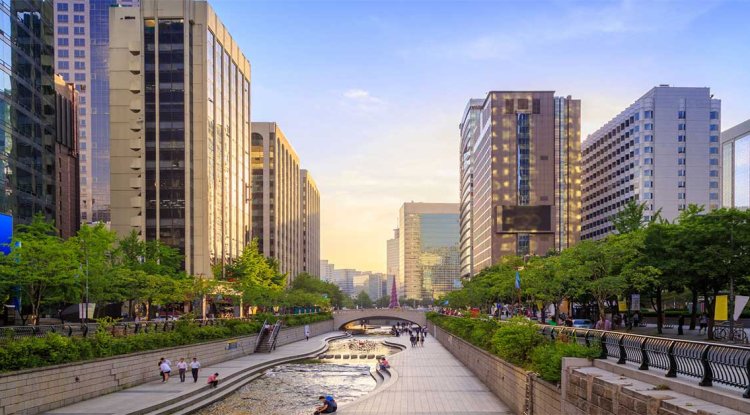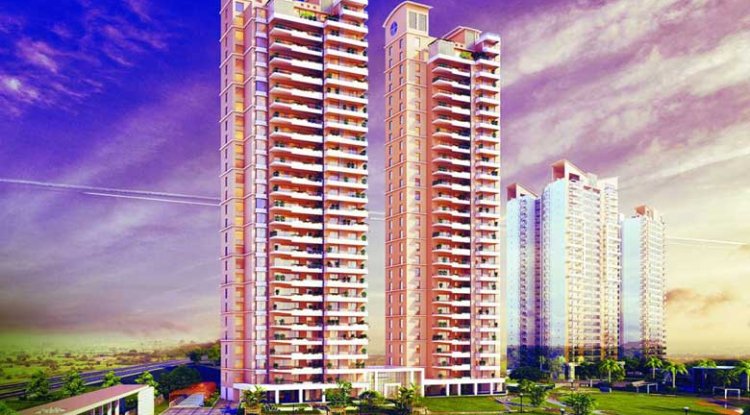Mivan Construction Vs Brick Construction
Mivan construction is a modern technique using aluminum formwork to pour concrete for entire structures at once, offering speed, durability, and uniformity, making it ideal for large-scale projects. It reduces construction time and labor costs but has lower thermal insulation and limited architectural flexibility. Brick construction, a traditional method, involves laying bricks bonded with mortar, providing excellent thermal insulation, aesthetic appeal, and design flexibility. However, it’s more time-consuming and labor-intensive, making it better suited for custom projects where aesthetics and energy efficiency are prioritized over speed. Both methods have unique advantages depending on project needs.
The construction industry has evolved significantly over the years, embracing new technologies and techniques to meet the growing demands for efficiency, durability, and sustainability. Among the most notable methods are Mivan construction and brick construction. Each of these techniques offers distinct advantages and challenges, making them suitable for different types of projects. This blog explores the key differences between Mivan and brick construction, with a focus on specific projects that exemplify each method, including Eldeco La Vida Bella, Fusion The Rivulet, Elite X Greater Noida, and ACE Terra for Mivan construction, and Gaur City semi Mivan and Paras Tierea for brick construction.
Understanding Mivan Construction
Mivan construction is a modern, innovative technique that uses aluminum formwork to pour concrete for the entire structure, including walls, slabs, and columns, in a single operation. Developed by the Malaysian company Mivan Company Ltd., this method is particularly well-suited for large-scale residential and commercial projects where speed, uniformity, and precision are critical.

Key Features of Mivan Construction:
-
Speed and Efficiency:
- Mivan construction significantly reduces the construction timeline by allowing the casting of entire floors in one go. The pre-engineered aluminum formwork is quick to assemble and disassemble, enabling rapid progress.
-
Uniformity and Quality:
- The use of aluminum formwork ensures precise dimensions and a smooth finish for walls and slabs, reducing the need for plastering and minimizing finishing costs.
-
Durability and Strength:
- Mivan structures are monolithic, meaning they are poured in a single piece, offering excellent resistance to seismic forces and ensuring long-term durability with minimal maintenance.
-
Cost-Effectiveness:
- Although the initial investment in Mivan construction is higher due to the cost of aluminum formwork, the speed of construction and reduced labor costs often result in overall cost savings.
Mivan Construction Projects
Eldeco La Vida Bella: Located in a prime area, Eldeco La Vida Bella is a prime example of Mivan construction, where the focus is on delivering high-quality residential units quickly and efficiently. The project benefits from the uniformity and precision offered by Mivan technology, ensuring that all units are consistent in terms of quality and design.
Fusion The Rivulet: Fusion The Rivulet showcases the advantages of Mivan construction in creating a modern, high-rise residential complex. The project's emphasis on timely delivery and high construction standards makes it a standout example of how Mivan technology can meet the demands of urban living.
Elite X Greater Noida: Elite X Greater Noida, another Mivan construction project, highlights the technique's ability to create large, uniform structures in a short time frame. The project's focus on providing luxurious living spaces within a well-planned community is made possible by the efficiency of Mivan technology.
ACE Terra: ACE Terra is a modern residential development where Mivan construction has been used to ensure quick project completion without compromising on quality. The project's emphasis on sustainability and modern amenities is well-supported by the advantages of Mivan construction.
Understanding Brick Construction
Brick construction is one of the oldest and most traditional methods of building. It involves laying bricks in a specific pattern and bonding them with mortar to create walls and other structural elements. Despite the advent of newer technologies, brick construction remains popular due to its aesthetic appeal, thermal insulation properties, and the flexibility it offers in design.
Key Features of Brick Construction:
-
Architectural Flexibility:
- Brick construction allows for greater design flexibility, enabling the creation of unique architectural features, such as arches, columns, and intricate patterns.
-
Aesthetic Appeal:
- The natural texture and color of bricks add a timeless and classic look to buildings, making brick construction a preferred choice for projects that emphasize aesthetics.
-
Thermal Insulation:
- Bricks offer excellent thermal insulation, helping to maintain comfortable indoor temperatures throughout the year and reducing the need for artificial heating and cooling.
-
Durability and Longevity:
- Brick buildings are known for their long-lasting durability. With proper maintenance, brick structures can stand for centuries, offering excellent value over time.
Brick Construction Projects
Gaur City Semi Mivan: Gaur City, a well-known residential project, combines both Mivan and brick construction methods. The semi-Mivan construction approach in this project uses Mivan for the core structure, while brick construction is used for the outer walls and partitions. This hybrid approach leverages the strength and speed of Mivan with the aesthetic and thermal benefits of bricks.
Paras Tierea: Paras Tierea is another prominent project where traditional brick construction has been employed. The project focuses on creating aesthetically pleasing and thermally efficient residential spaces. The use of bricks in Paras Tierea not only enhances the visual appeal but also ensures that the buildings are energy-efficient and comfortable for residents.
Comparative Analysis: Mivan Construction vs. Brick Construction
1. Speed of Construction
Mivan Construction:
- Mivan construction is significantly faster than brick construction. The ability to pour entire floors or sections in a single operation reduces the overall construction timeline, making it ideal for projects with tight deadlines.
Brick Construction:
- Brick construction is more time-consuming due to the manual labor involved in laying bricks and the time required for mortar to set. This makes it less suitable for large-scale projects that require quick completion.

2. Cost Efficiency
Mivan Construction:
- The upfront costs of Mivan construction are higher due to the investment in aluminum formwork. However, the speed of construction, reduced labor costs, and minimal material wastage often lead to overall cost savings.
Brick Construction:
- Brick construction generally has lower initial costs since bricks and mortar are relatively inexpensive. However, the longer construction timeline and higher labor costs can result in a more expensive project overall.
3. Durability and Strength
Mivan Construction:
- Mivan structures are monolithic and highly durable, offering excellent resistance to seismic forces. The absence of joints in the structure reduces the risk of cracks and other structural issues.
Brick Construction:
- Brick structures are also durable, with many brick buildings standing for centuries. However, they are more susceptible to cracks, especially in areas with significant temperature fluctuations or seismic activity.

4. Thermal Insulation and Energy Efficiency
Mivan Construction:
- Mivan construction generally requires additional insulation to achieve the same level of thermal efficiency as brick construction. Concrete has poor thermal insulation properties, which can lead to higher energy costs.
Brick Construction:
- Bricks naturally provide excellent thermal insulation, helping to regulate indoor temperatures and reduce the need for artificial heating and cooling. This makes brick construction more energy-efficient.
5. Architectural Flexibility and Aesthetics
Mivan Construction:
- Mivan construction is best suited for projects requiring uniformity and repetition, such as large housing complexes. It offers limited architectural flexibility, making it less ideal for projects with unique or intricate designs.
Brick Construction:
- Brick construction offers greater flexibility in design and aesthetics. The ability to create detailed architectural features and the natural beauty of bricks make this method ideal for projects where appearance is a priority.
6. Environmental Impact
Mivan Construction:
- Mivan construction is considered more environmentally friendly due to its efficiency and minimal material wastage. However, the production of concrete has a high carbon footprint, which is a consideration in terms of environmental impact.

Brick Construction:
- Brick construction has both positive and negative environmental impacts. While bricks are made from natural materials and can be sourced locally, the traditional brickmaking process can be energy-intensive and contribute to air pollution.
Choosing Between Mivan and Brick Construction
The choice between Mivan and brick construction depends on several factors, including the project's timeline, budget, design requirements, and location. Here’s a quick guide to help you decide:
-
Opt for Mivan construction if:
- You need to complete the project quickly.
- The project involves a large number of repetitive units.
- Durability and resistance to seismic forces are critical.
- You prioritize cost efficiency in large-scale developments.
-
Opt for Brick construction if:
- Aesthetic appeal and design flexibility are important.
- The project is in a climate where thermal insulation is crucial.
- The project has a traditional or historic architectural style.
- Environmental sustainability is a priority, and locally sourced materials are available.
Conclusion
Both Mivan and brick construction have their unique advantages and challenges, making them suitable for different types of projects. Eldeco La Vida Bella, Fusion The Rivulet, Elite X Greater Noida, and ACE Terra exemplify the strengths of Mivan construction in delivering large-scale residential developments quickly and efficiently. On the other hand, Gaur City semi Mivan and Paras Tierea highlight the enduring appeal of brick construction, offering flexibility, aesthetics, and excellent thermal insulation.
Also Read :
When deciding between these two construction methods, it's essential to consider the specific needs of your project, including timeline, budget, design preferences, and environmental considerations. By weighing these factors, you can choose the construction technique that best suits your goals, ensuring a successful and sustainable development.



